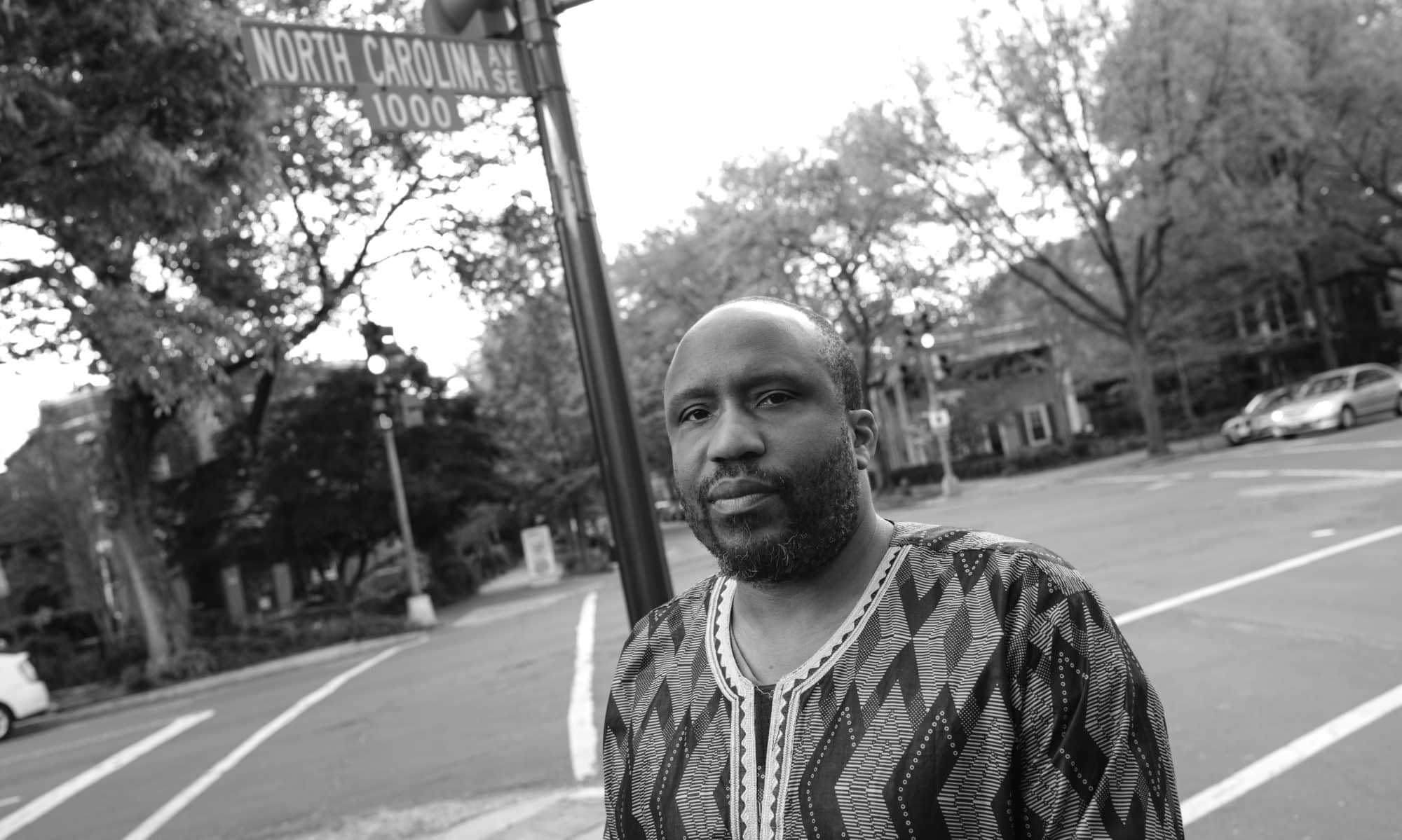
Copyrighted image by dvirnm
So I guess I should start by saying I am not a Kanye fan and after reading about some of the blacklash…ahem backlash from members of the architecture establishment in Lian Chikako Chang’s article about Kanye’s recent visit to Harvard Graduate School of Design (I walk past here all the time while on Residency at Lesley doing my MFA)… I am still not a fan, but as poet/curator/hiphophead I really dug Kanye’s mini-lecture at Harvard School of Design.
The -lash is mostly centered around Kanye’s use of the “architected”. I understand this on many levels as poet and as someone trying to deal with language I understand that he used a rhetorical device called Conversion or Verbification or Anthimeria or sometimes known as “verbing the noun”. This is common practice in the African American creative realm and is found all over in African American literature, drama and so on and so forth, so it comes as no surprise that an artist whose currency is language would say something like this. I always love to hear Sonia Sanchez say “poeting” when she talks about what she does; graphic designer Alan Flecther also used the term in the title of book Picturing and Poeting.
What I really love about this specific term is that it another way to describe a process that takes something from an idea caught in the flesh and blood, that is in our brains and makes a “thing” out in the world. It speaks to a very deliberate and intentional process by which to bring something abstract into the physical world…I cannot argue with Kanye on that.
I think the more ways we can find to articulate that sentiment and work ethic the better, be it architecting, poeting, whatevering, etc.
The other thing that I think the -lash makes clear is that in a profession that is 91.3% “white”, the fear of having someone who does not look the part, but who has such a huge platform, co-opting their language appears to be a threatening proposition…
Anyway, go read Lian Chikako Chang’s article For Architects Only? How Kanye Exposed Architecture’s Bias, also check out Phaidon’s blog from over a year ago (July 2012) about Hip Hop Architecture, and other articles about Hip Hop Architecture here , here , here and the work of Earl S Bell for good measure. Also check out other examples of verbing the noun – “architecting” in the Caribbean with the “V is for Veranda” Project.
When you are done with all that go check out Guru and Bahamadia on Respect the Architect, (that phrase comes from a Biz Markie sample from Nobody Beats the Biz)…architecting for real!
UPDATE: Also shout out to Doug Patt author of How to Architect




